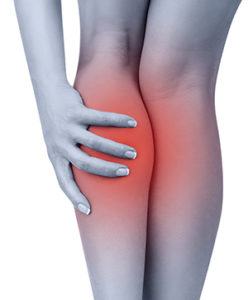This project aims to develop a device to reduce the risk of poor venous return in the lower extremities in individuals who sit for long durations.
Within 30 days of diagnosis, studies show that Venous thromboembolism (VTE) has a mortality rate of up to 30%, and with estimates of 300,000 to 600,000 people annually in the United States being affected, it is obvious that this is a significant issue , yet until recently not much attention has been given to the disease.
VTE encompasses the likes of Deep Vein Thrombosis (DVT) or the formation of blood clots (Thrombi) in deep veins such as calf, femoral and popliteal vein, and the more fatal Pulmonary Embolism, which occurs when these clots break off to become an embolus and travel to the lungs resulting in blockage and sudden death in 25% of its victims.

Our device is aimed at long duration sitters encompasses the 300 million long haul flight users annually, truck drivers, and anyone who is sitting down for periods of longer than four hours without movement in their legs.
The Existing Solutions range from medication, to compression socks, and large stationary compression devices. These solutions are either costly, relatively ineffective, or not feasible for use in places such as planes and other limited space areas.
To develop this device certain Design Inputs and Considerations were taken into account in order to build the correct device to address our problem statement. These design inputs and considerations resulted in various requirements and specifications tailored to device that guided our design process.
